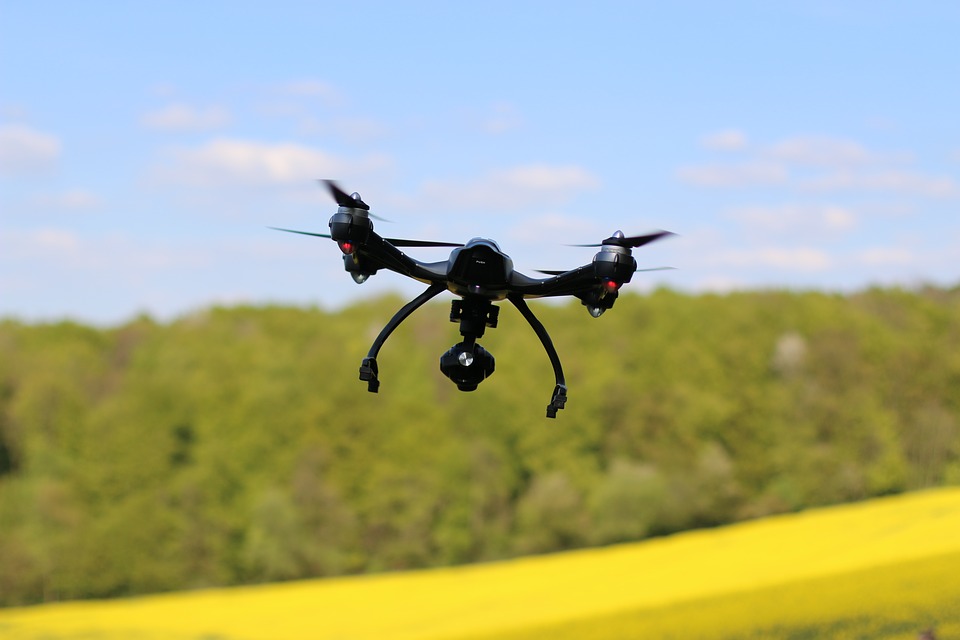This post is also available in:
 עברית (Hebrew)
עברית (Hebrew)
Swarming unmanned aircraft systems could be a solution for spoofing or jamming enemy drones and solve the shot doctrine problem when exercising counter-UAS capabilities.
Cintel’s vice president of science & technology Mock Abdelaal said that his company’s solution would provide a non-kinetic “soft-kill” solution to countering cheap enemy drones. If an enemy drone moved into the web of the swarm, it would be spoofed causing it to freeze or return to its home base.
UAS systems and jamming solutions are vast and capable, he said. Spoofing capabilities are a bit harder to achieve, but Mexican drug cartels, for instance, have successfully spoofed Predator UAS running border security.
According to defensenews.com, one of the challenges in developing a swarming network of UAS equipped to spoof enemy drones is how do you prevent the spoofing or jamming of one’s own UAS and how can swarming UAS continue to function in a GPS-denied environment.
Cintel is working on a solution that uses video imagery collected on the UAS that coordinates with mapping data already loaded onto the platform. The video imagery collected in real-time will match up with the data to help it navigate when GPS is not an option, Abdelaal told Defense News.
Abdelaal said the company envisions the technology working on quadcopter-type UAS, but isn’t ruling out the possibility of it working on fast-moving, fixed-wing UAS platforms. The quadcopter’s flight characteristics work better in a swarm pattern, he said.
Additionally, current spoofing payloads would require larger unmanned systems, as smaller UAS can’t accommodate the size of the technology yet, Abdelaal said.
The company is working in a collaborative engagement with a couple of customers within the Defense Department including the U.S. Army Aviation and Missile Research Development and Engineering Center (AMRDEC).
The Army is looking for an electronic-warfare system that can be integrated onto a Gray Eagle unmanned aircraft system, according to a request for information released earlier this year. Abdelaal said he also sees potential for Cintel’s technology to play a role in electronic warfare payloads on UAS for which the Army is now looking.
Cintel provides strategies and services to support an array of government clients in Cyber Security, Modeling and Simulation in the areas of missiles, energy, and mapping, Operational and Installation/Facilities Energy, and Programmatic support.


























